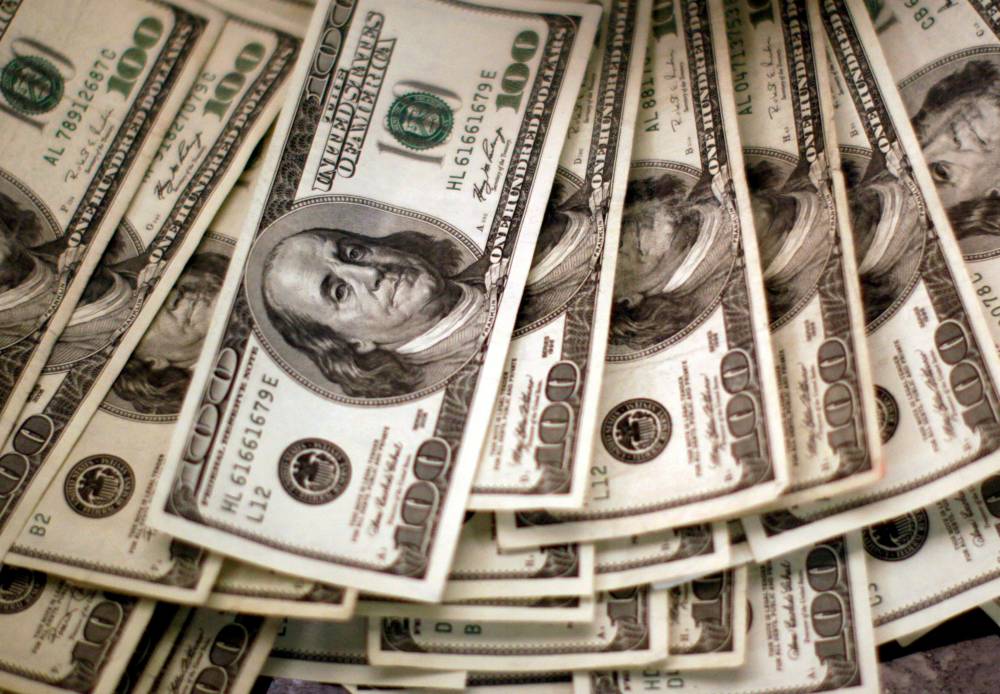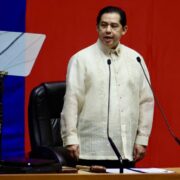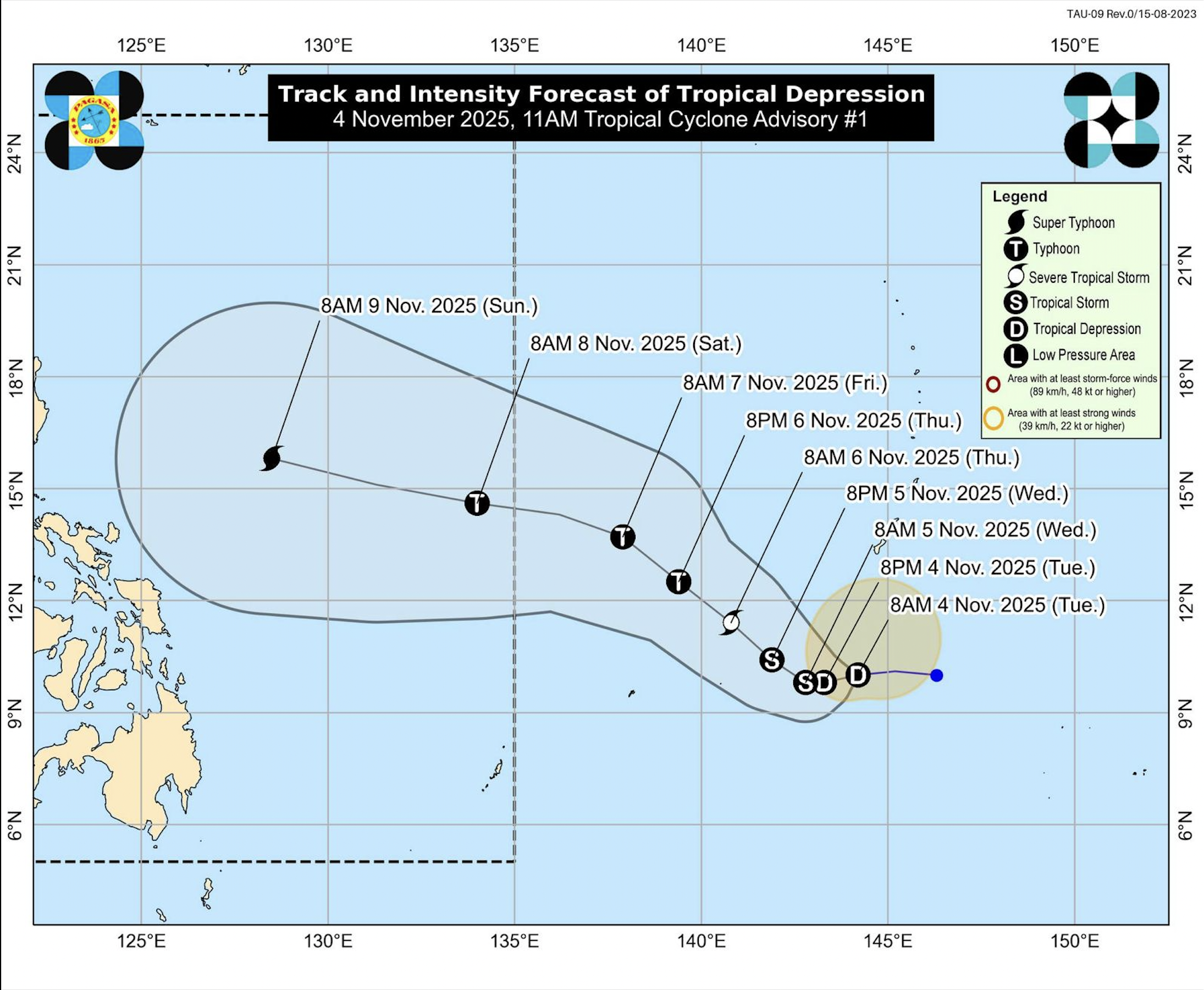MUFG: Foreign inflows to aid peso

Favorable domestic factors, such as easing inflation and a pickup in foreign investment in key infrastructure projects like clean energy, could help steady the peso against persistent market gloom, MUFG Global Markets Research said.
In a note to clients, the Japanese bank added that these tailwinds at home may align with supportive global trends, including a weaker dollar as the US Federal Reserve continues to lower interest rates.
That said, MUFG expects the peso to end the year at 58.70 to the dollar, above the Marcos administration’s 56-to-58 exchange rate assumption for 2025. Even so, that would mark a rebound from the record low of 59.13 seen in late October—a drop widely blamed on a corruption scandal that has rattled business confidence.
“From a fundamental perspective, we continue to highlight other key offsetting domestic positives for the Philippines, apart from global factors such as our expectations for a weaker US dollar and US rate cuts,” the bank said.
“Domestic rice prices have remained low despite recent import bans, and with still decent domestic rice inventories that means that inflation should remain manageable,” it added, noting that contained price pressures could help sustain household spending, a major growth driver.
“The pipeline of infrastructure projects especially in renewable energy remains robust, and this should also support FX through some pick-up in FDI (foreign direct investment) from what we have seen in FDI approvals,” it continued.
A weak peso cuts both ways for the Philippines. It can lift remittance inflows from migrant Filipino workers, fueling purchasing power in the consumption-reliant economy.
But it also risks fanning import costs and reigniting inflation. Prolonged currency weakness, meanwhile, could inflate the peso value of foreign debts held by both the government and private companies.
While the peso has since regained some ground from last month’s record slump, the Bangko Sentral ng Pilipinas (BSP) said it would allow market forces to determine the exchange rate, adding it won’t intervene to prevent day-to-day volatility.
Looking ahead, MUFG said it projected two more quarter-point rate cuts under the current easing cycle of the BSP, which would bring the policy rate to 4.25 percent by the second quarter of 2026. The central bank last month defied consensus with a 0.25 percentage point rate cut, which officials said was needed to shore up business confidence amid the graft probe.
Even so, MUFG said the likely inclusion of the Philippines in J.P. Morgan’s key emerging market debt gauge should bring around $2 billion to $3 billion in foreign inflows, something that could prop up the peso.





















When corruption builds dynasties